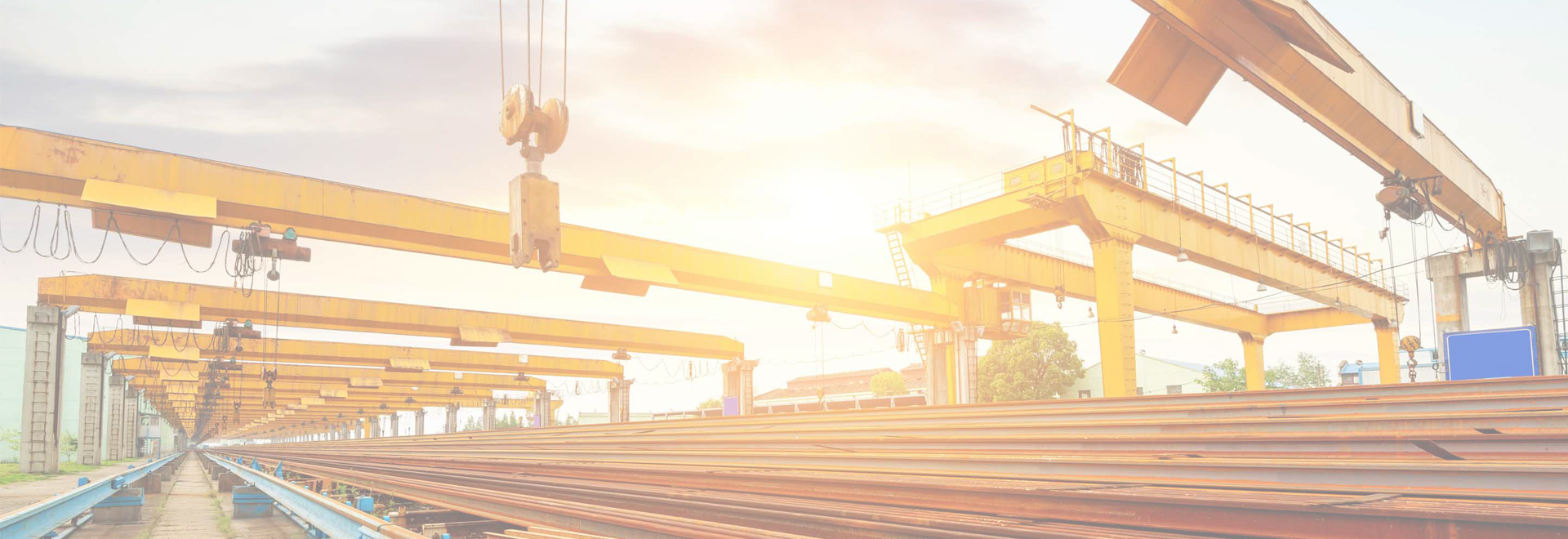
 Transport platform trolleys and self-emptying containers
Transport platform trolleys and self-emptying containers
The container is used to transport metal waste (cuttings and scale).
The metal waste is discharged from the container to the designated means of transport. To ensure occupational safety, it is necessary to have the discharging process without any need for intervention by a rigger and to only lift such container by crane. That is why such a container is designed as self-discharging.
The container is also designed so as to ensure its safe operation, i.e., without any intervention by riggers. As part of its transport and waste discharging, the container is only operated by the crane operator with the use of the crane.
The container is discharged by the crane operator as follows:
The container is placed on the floor of a mean of transport. When lowering the lift height and moving the bridge at the same time, the hooks get released from the suspension pins. By subsequent lifting the container, the bottom parts of the oval holes will lean against the tilting pins. If you continue to lift at this point, the container will turn upside down on the floor where it will be emptied.
Once emptied, the container will be moved over the side piece in its tilted position. Once the front edge of the emptied container touches the ground of the shop floor while the lifting height is being reduced and the bridge is moved, the container will be rolled over to its horizontal position. It will then get to its transport position by attaching the hooks of the side pieces to the suspension pins.
The container body is a sheet weldment reinforced with U bars. The bars are welded onto the walls so as to form a closed cross-section. On the container walls (reinforced parts), there are suspension and tilting pins welded on. The suspension pins are used to transport the container, the tilting pins are used to tilt it over.
The container body hangs on a hinge. The hinge is a weldment comprising sheet metal (side pieces) and U bars (cross beam). In the middle of the cross beam, there is an eye bolt for suspension on the crane hook. The side pieces are welded on the cross beam at its ends. The points where a piece of plate was cut out to place pins, are reinforced with welded-on plates. There is a suspension hook formed in the side pieces. It is used to transport the container in its horizontal transport position once it is attached to the load-bearing pins. In the lower part of the side pieces, there are bevelled oval openings into which the pins used to tilt the container over are placed.
